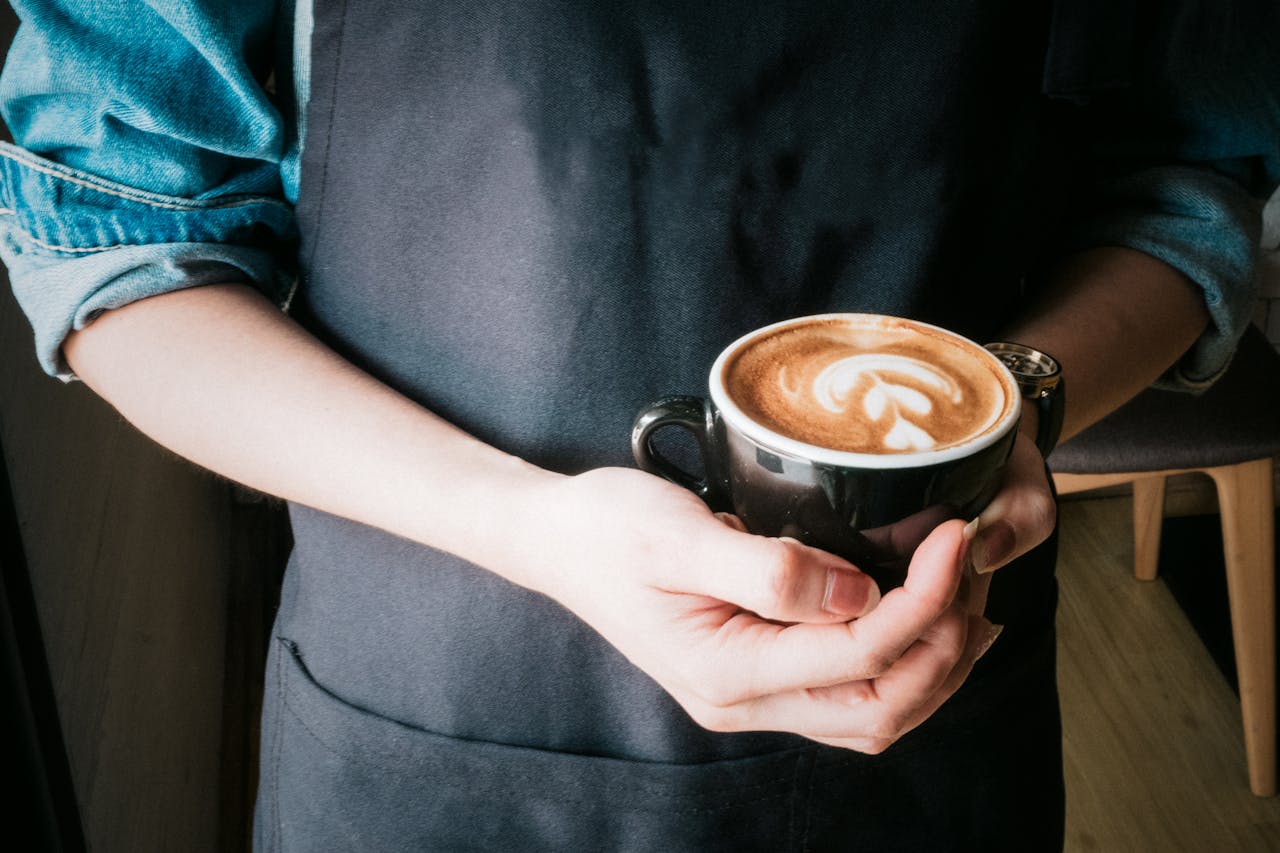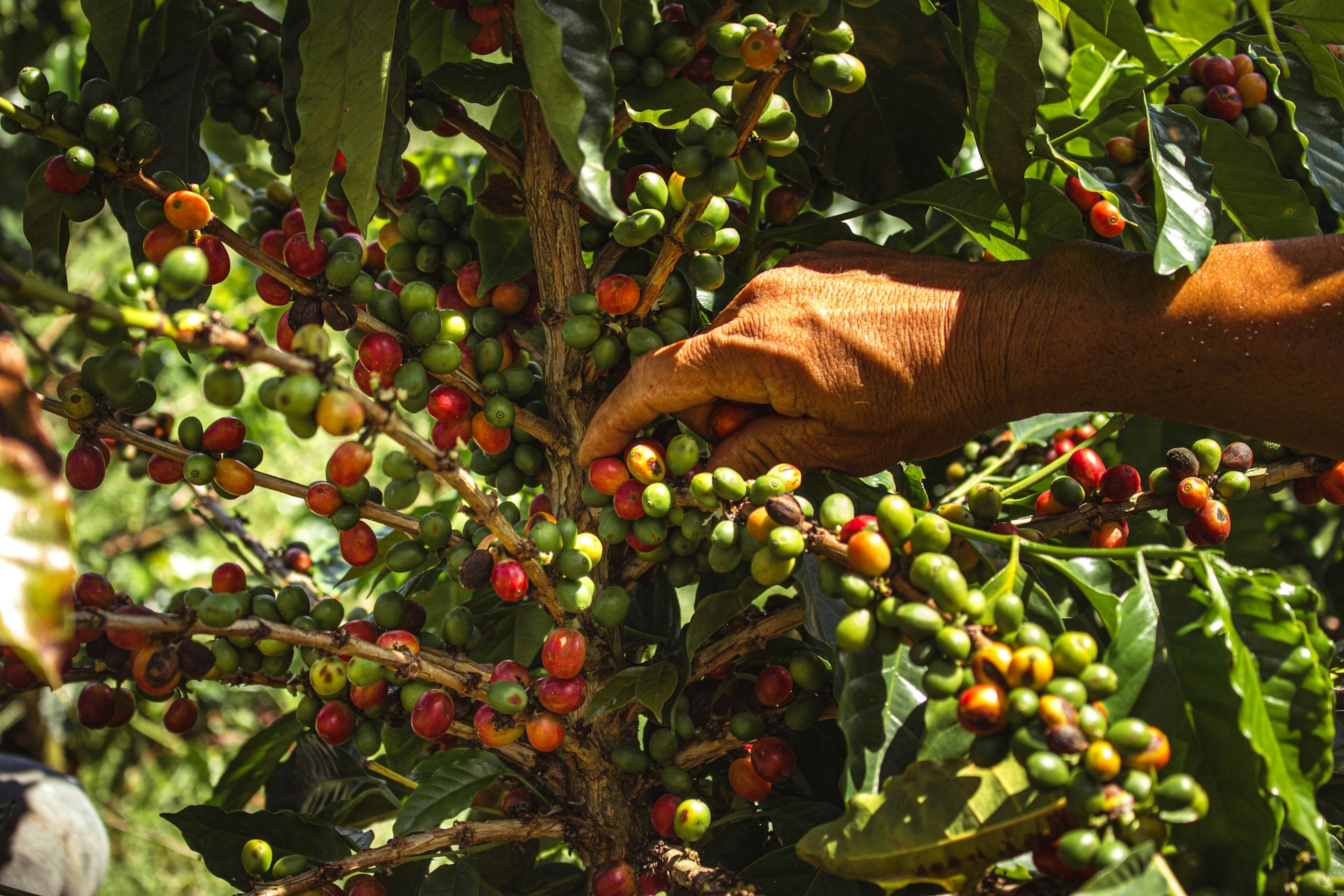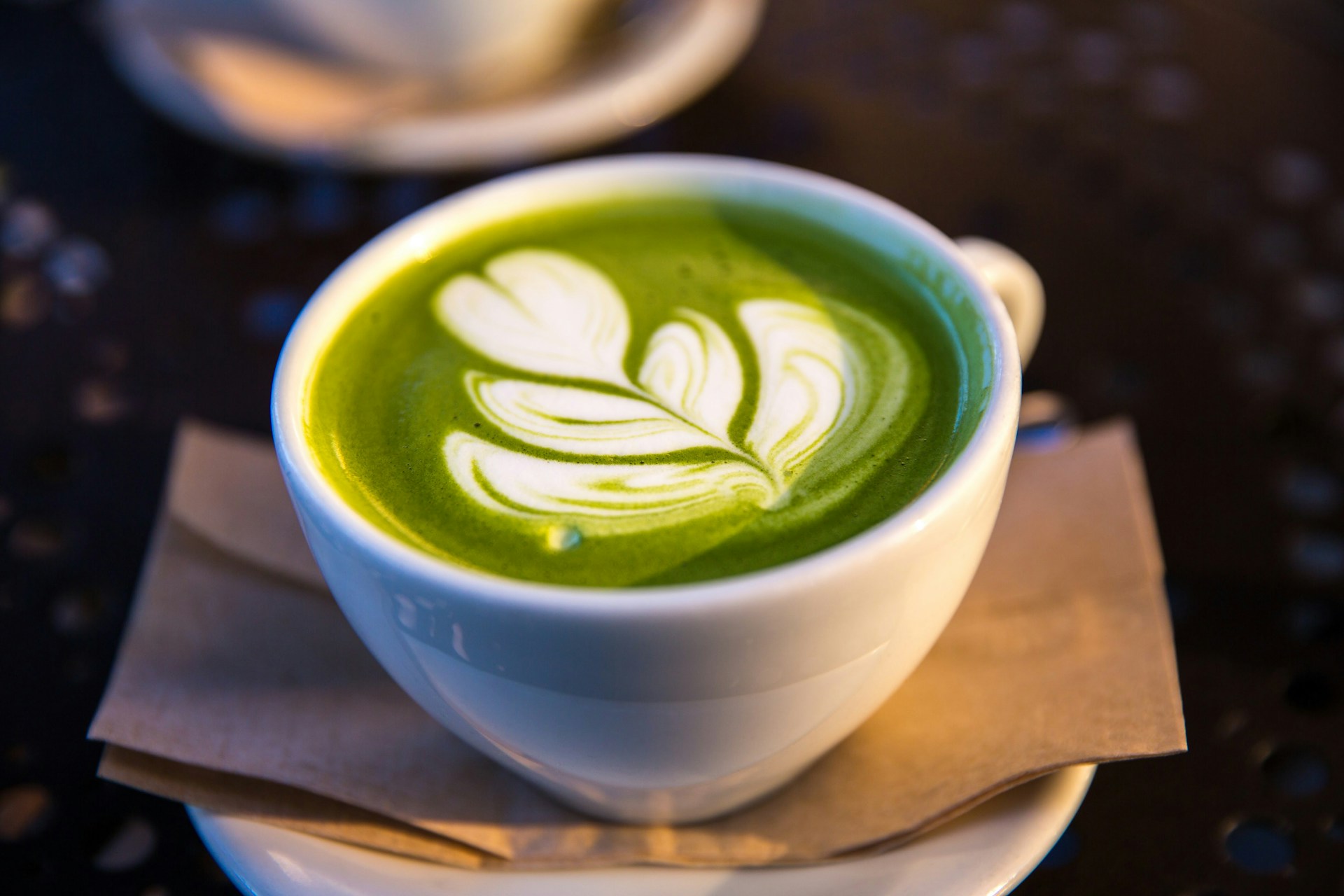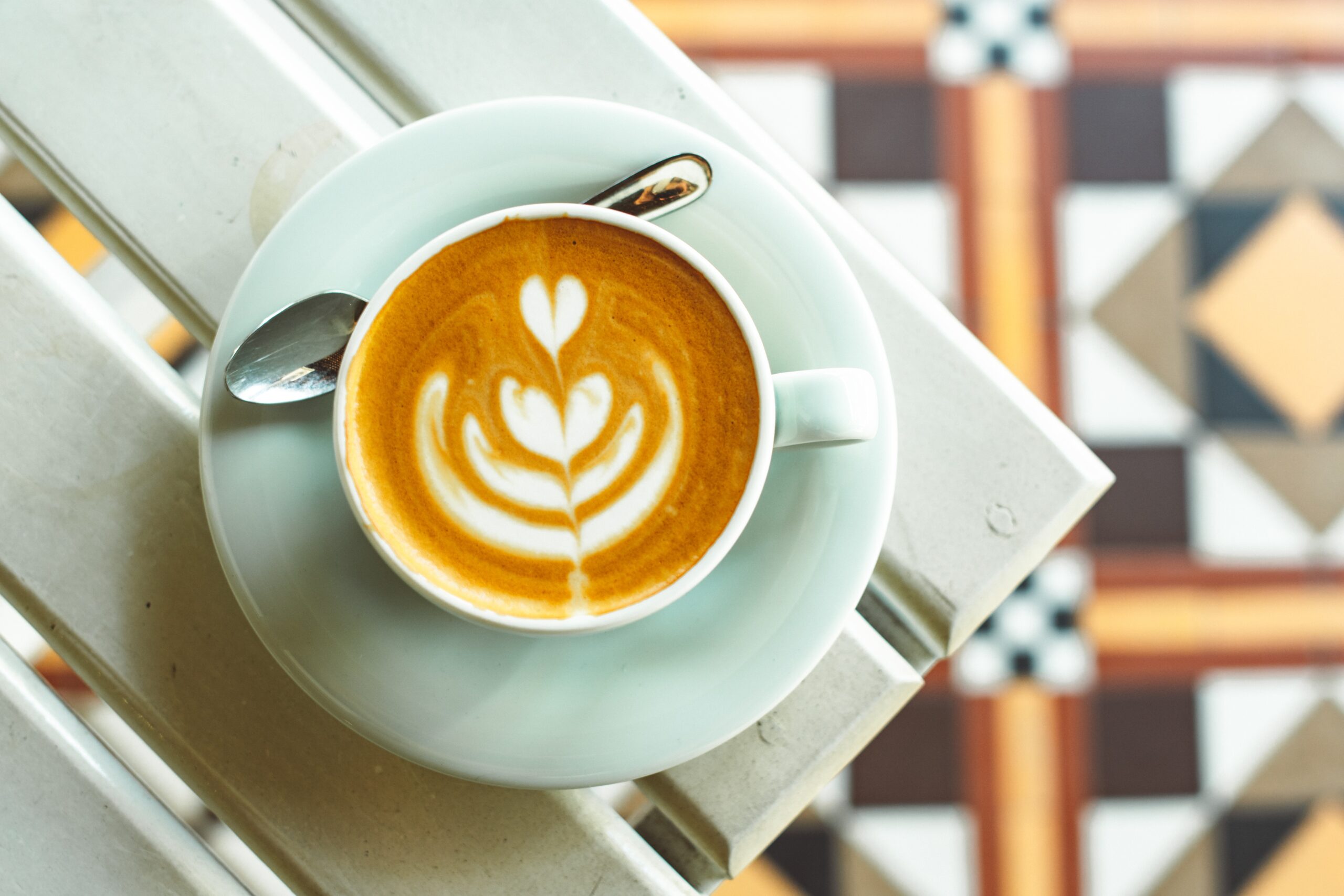According to the British Coffee Association, 80% of us who visit coffee shops do so at least once a week – that’s an awful lot of coffee being sold and drunk! Among the many drinks ordered across UK coffee chains, cappuccinos and lattes are the most popular.
While both are a form of milky coffee, they are distinct drinks. Discover how they differ and which you should order when you’re next caught umming and ahhing in front of a cafe menu.
What is a Cappuccino?
A cappuccino is made from equal parts espresso, steamed milk and foamed milk. It’s a favourite for lovers of extra creamy, indulgent coffee drinks. It’s often served with a dusting of chocolate or cinnamon for a hint of additional sweetness and that classic cappuccino look.
The drink is usually served in a cup of around 150-180ml, which helps ensure you get the right ratio of ingredients and can achieve that velvety effect.
Check out our look into the history of the cappuccino to find out more about its origins and evolution.
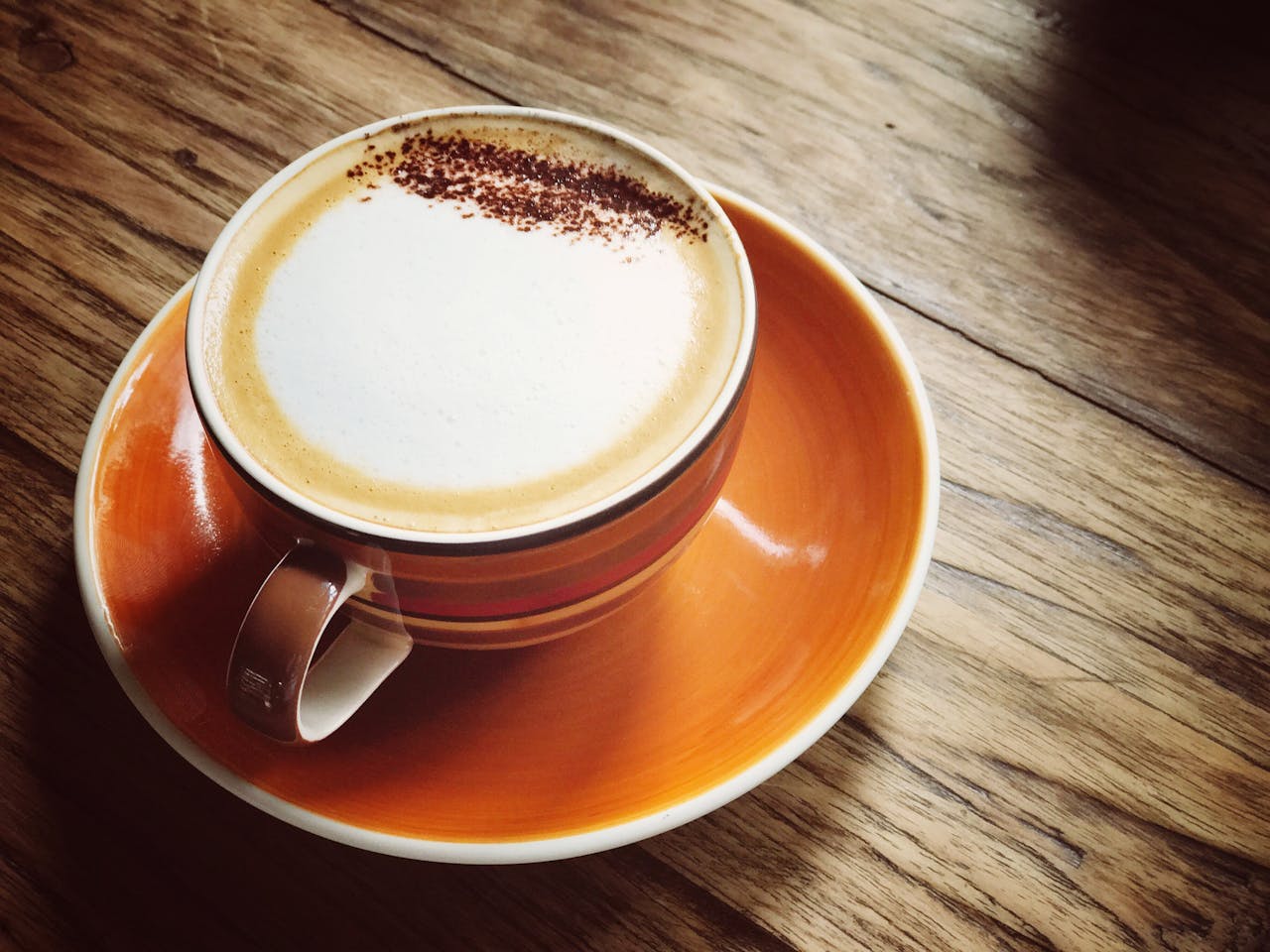
What is a Latte?
A latte (meaning milk in Italian) is the common term for a drink made with one part espresso, two parts steamed milk and 1cm of foam to top it off. The resulting drink has a silky texture with a more subtle coffee flavour than other espresso-based drinks, due to the higher ratio of milk.
The ideal size for a latte glass is around 220ml, which gives plenty of room to add more milk. Many coffee drinkers may also choose to add flavoured syrups to their latte and baristas will often show off their expertise with latte art for unique and delicious drinks.
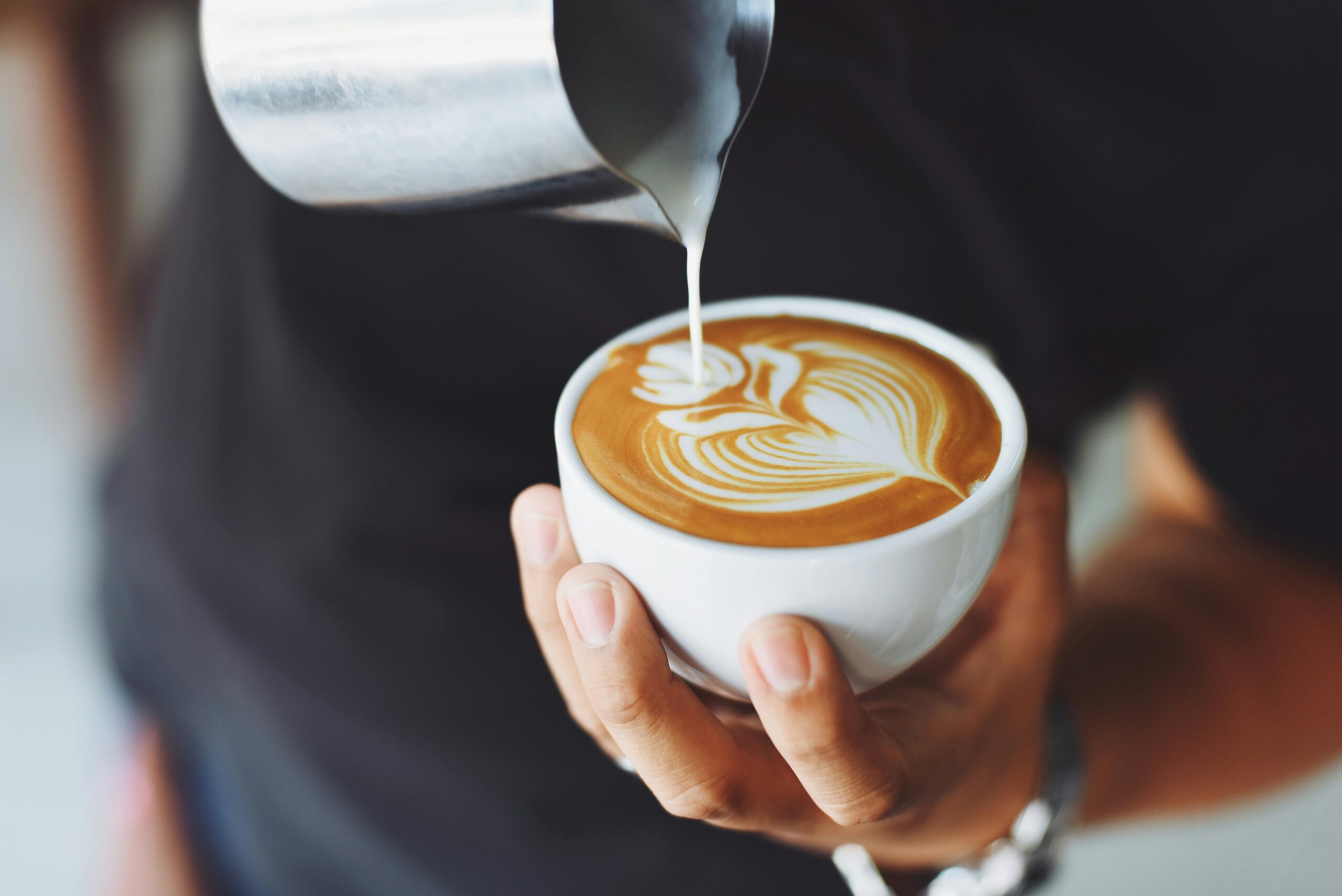
What’s the Difference Between a Latte & a Cappuccino?
Despite both being super popular milky coffee orders, you will notice that there are some key differences that set these drinks apart.
Milk Content: How Much Milk is in a Cappuccino Vs Latte?
Perhaps the most obvious difference between the two drinks is the milk content. A latte contains more milk than a cappuccino as the latter is known for its layer of frothy milk foam.
- Latte: 1 part espresso & 2 parts milk.
- Cappuccino: 1 part espresso, 1 part milk, 1 part foam.
Strength & Taste
Lattes have a slightly milder, sweeter flavour thanks to the higher volume of steamed milk. The steaming process lends a sweetness to the milk which mellows out the coffee flavour slightly more.
Despite also containing milk, cappuccinos have a stronger coffee taste as the milk is not mixed in, providing three distinct layers that allow the espresso to stand out more.
As a latte and cappuccino both contain the same amount of espresso (typically one shot), they will have the same amount of caffeine (depending on the coffee beans or brand), so in this respect, their strength is equal.
Texture
Another key difference is the texture of these drinks. Both obviously have a creamier texture than black coffee, but cappuccinos tend to be slightly thicker and heavier, owing to the large layer of milk foam.
While still smooth and creamy, lattes have a thinner texture as they only have a very thin layer of foam. This further enhances the drink’s wide appeal.
Versatility & Customisability
Cappuccinos are typically served in one particular way without additions, aside from perhaps a sprinkle of chocolate powder or cinnamon. When you order a cappuccino, you are probably getting the traditional version.
On the other hand, lattes tend to come in a wider array of forms. It is very common to add flavoured syrups or additional creams and toppings to lattes, with many cafes serving their own seasonal variations. This makes the drink incredibly versatile and customisable.
Lattes are also popular as iced drinks, which is not as common with cappuccinos.
Portion Size
Because of some of the characteristics we’ve already mentioned, cappuccinos are usually intended to be enjoyed in smaller portions.
- Typical cappuccino cup size: 180ml
- Typical latte glass size: 220ml
This can obviously differ depending on the coffee shop you order from or the particular drink, but it gives a general idea of their different portion sizes.
Both drinks are very standard orders in nearly all coffee shops, so there are almost endless opportunities to enjoy them. If you like one, you’ll probably like the other as despite their differences, they do offer a similar coffee experience.
The baristas at our Esquires coffee shops are well-versed in creating delicious lattes and cappuccinos. So the next time you’re craving a tasty coffee, why not head to your closest Esquires store?
